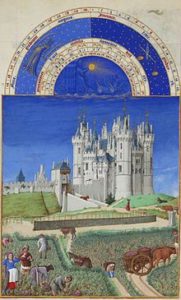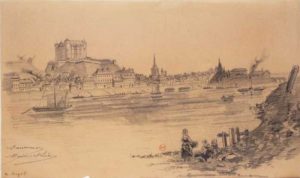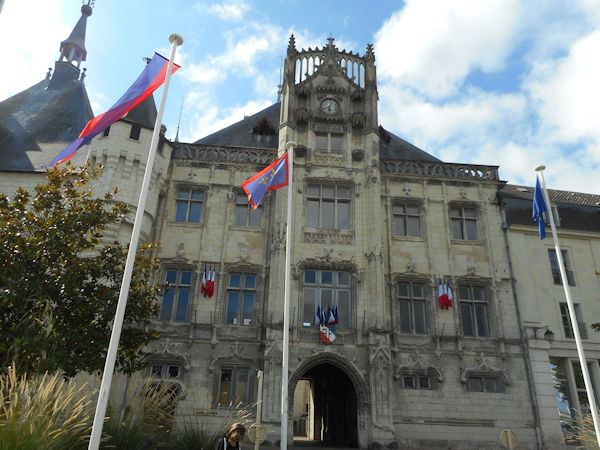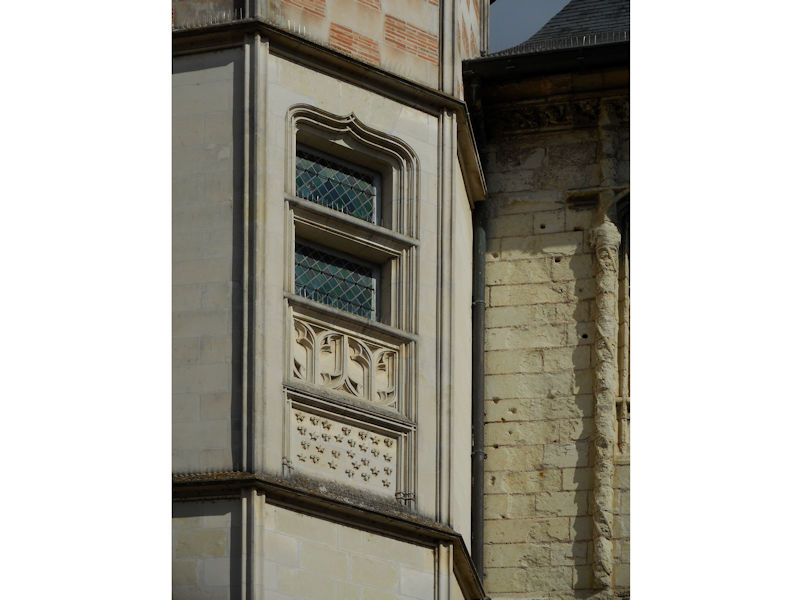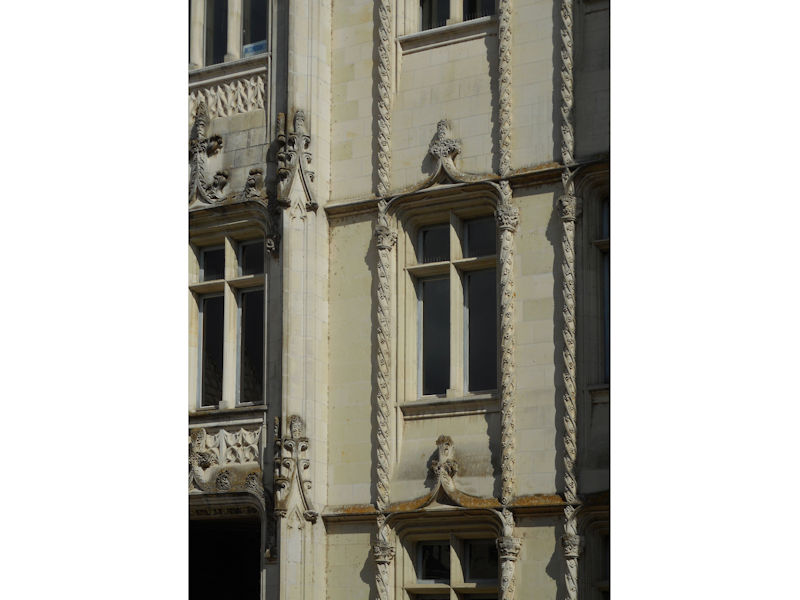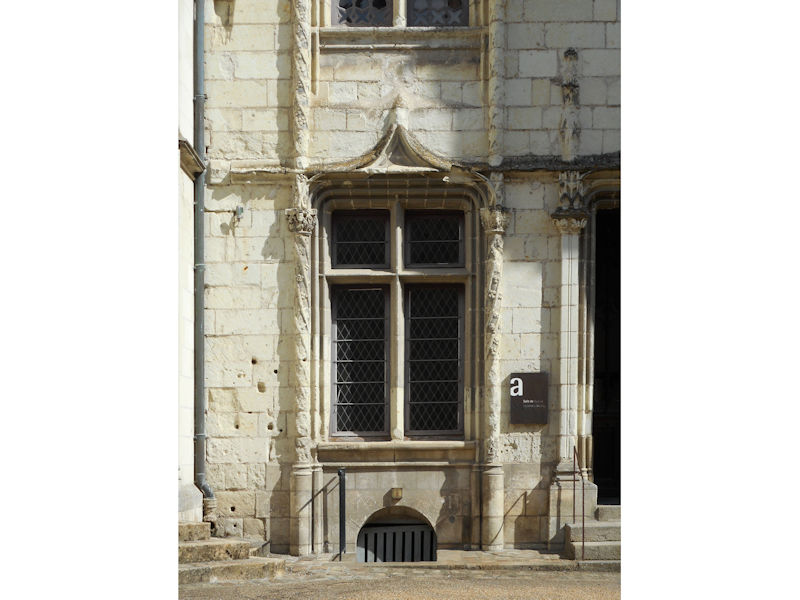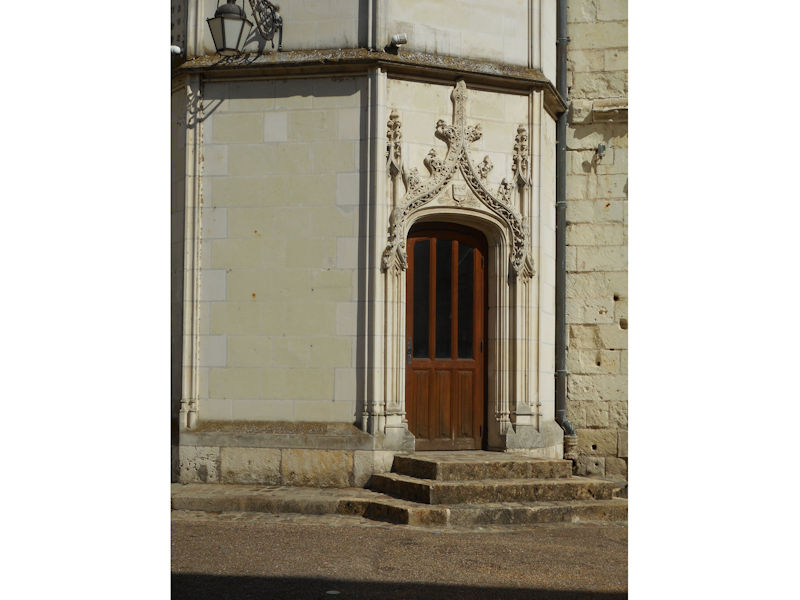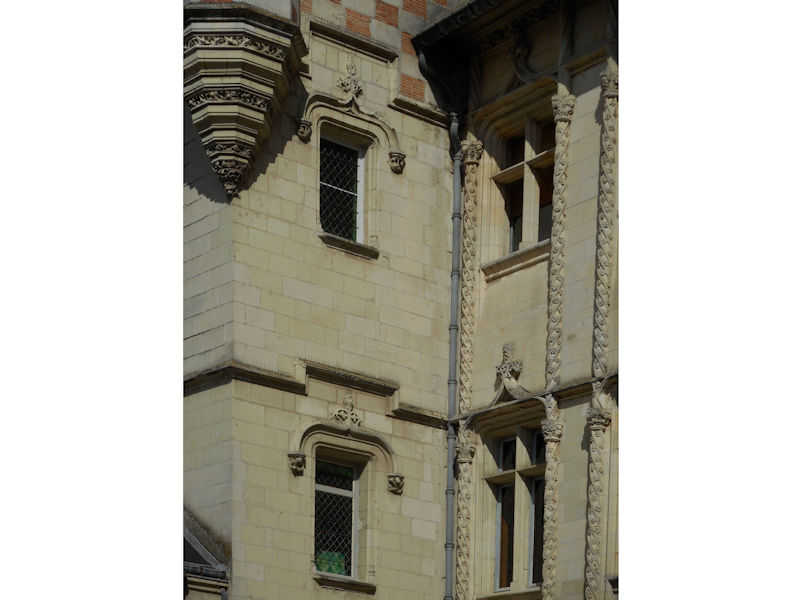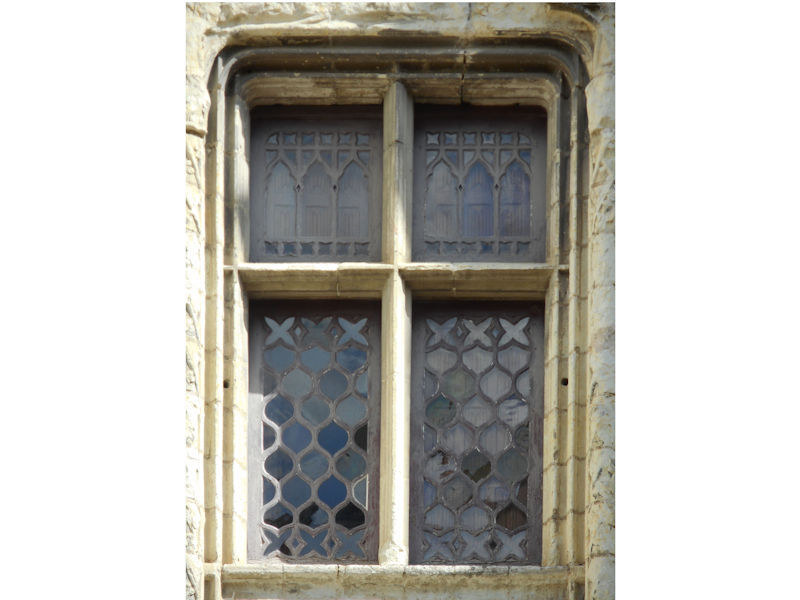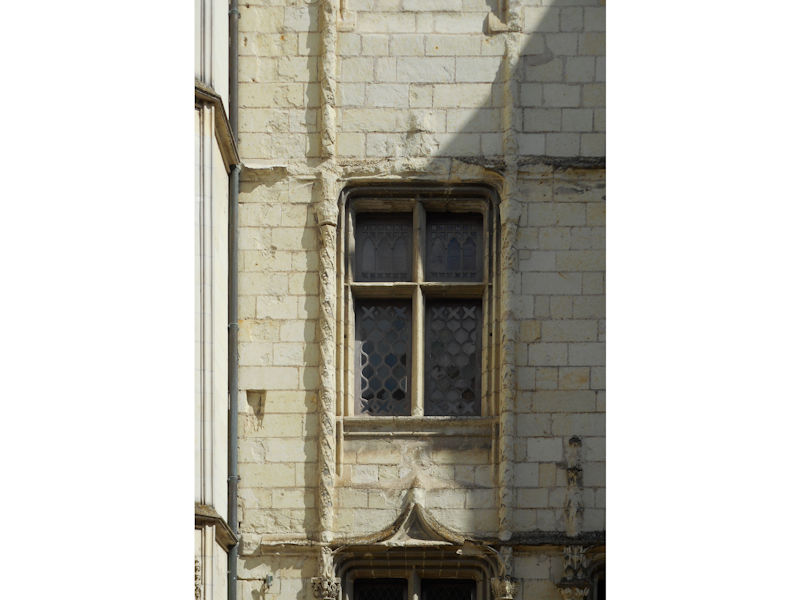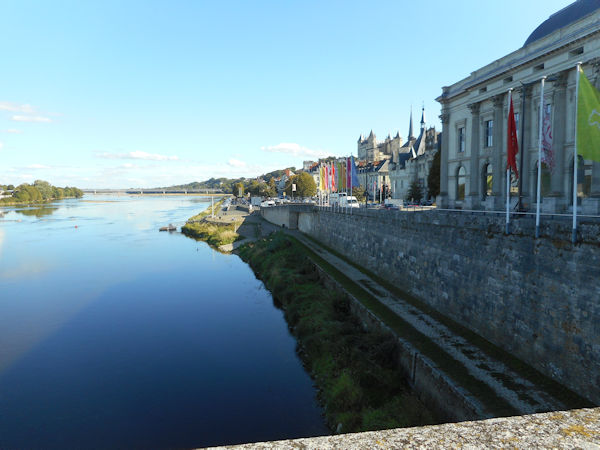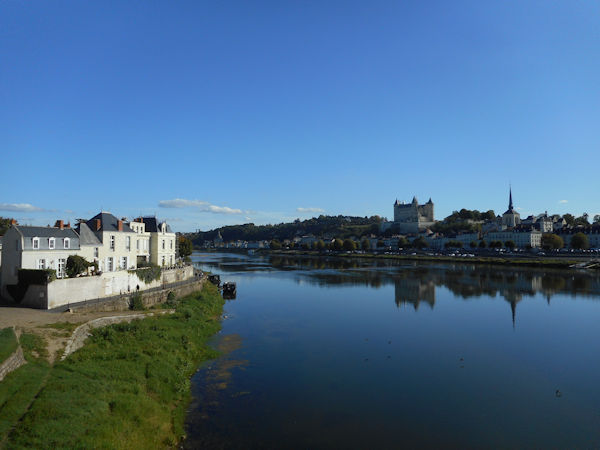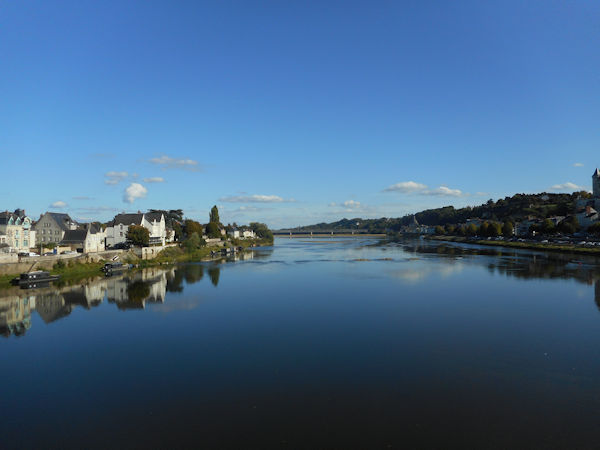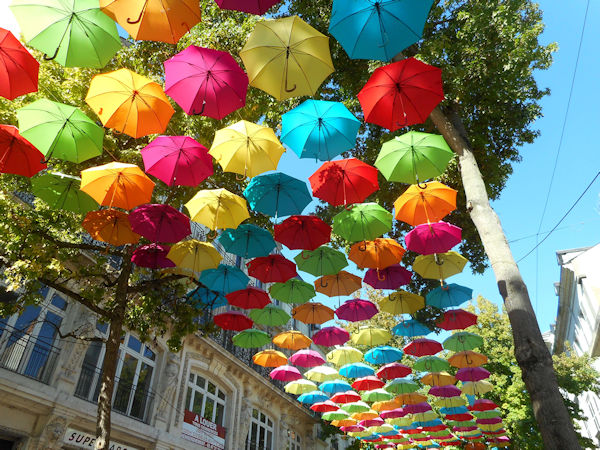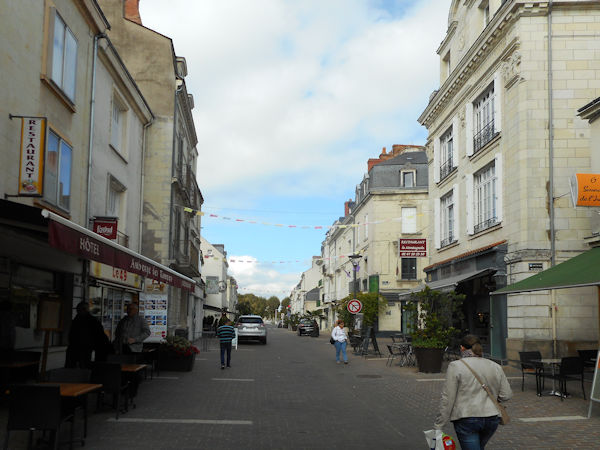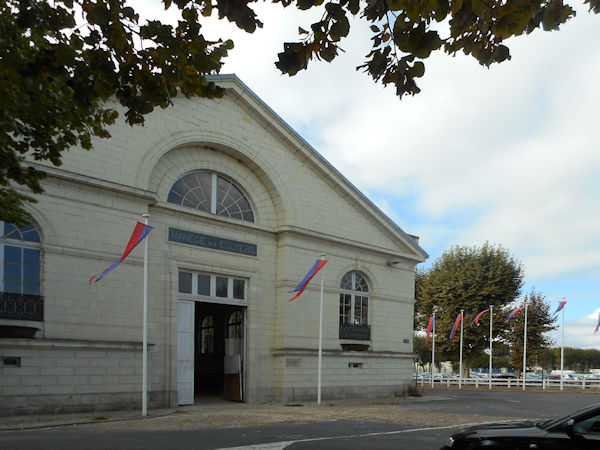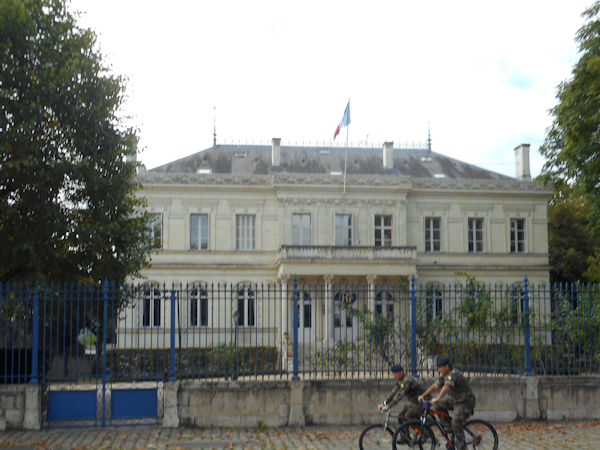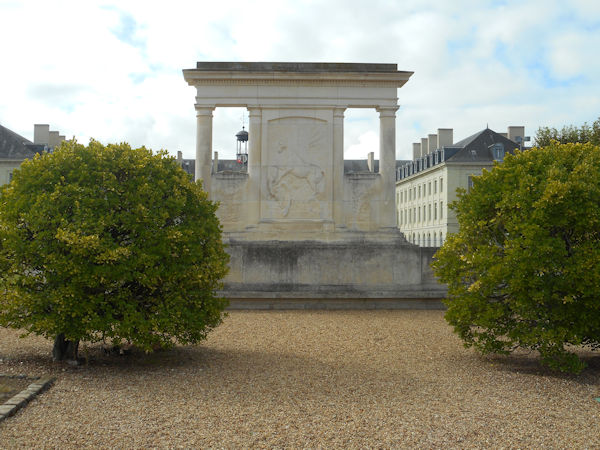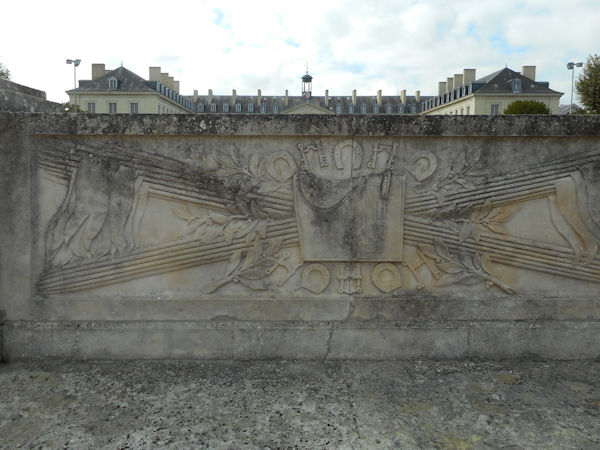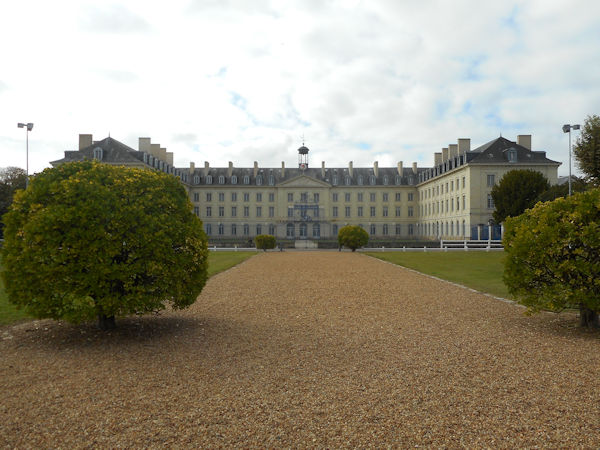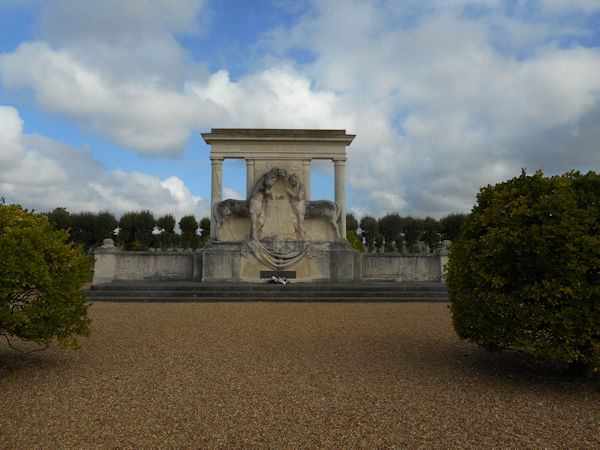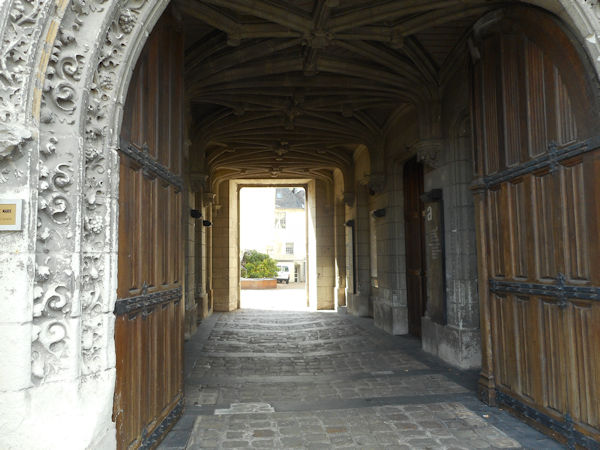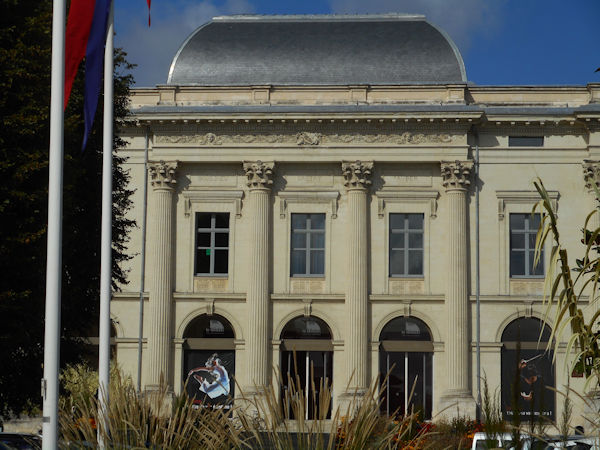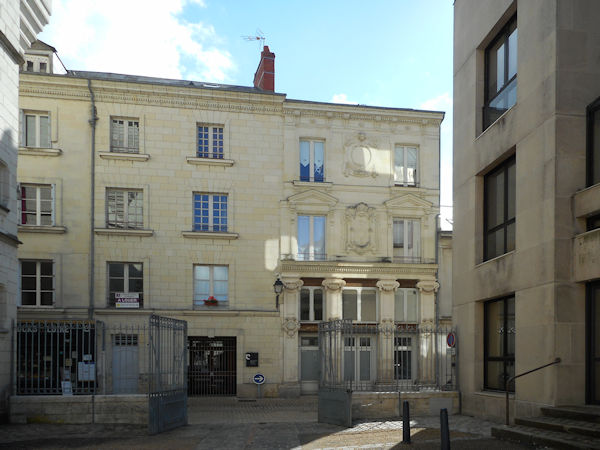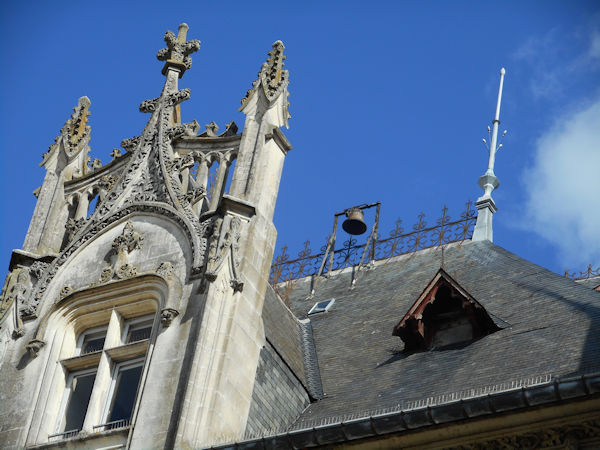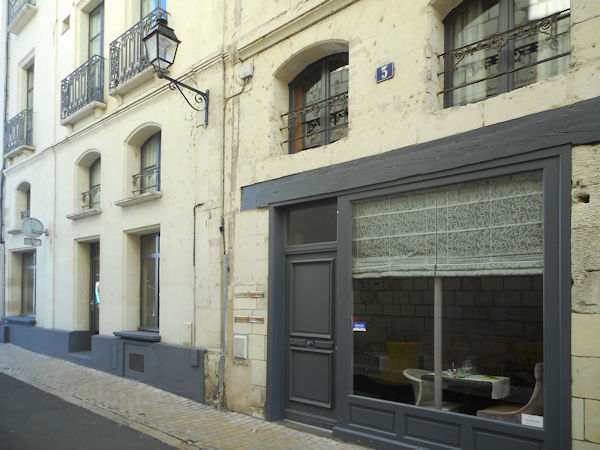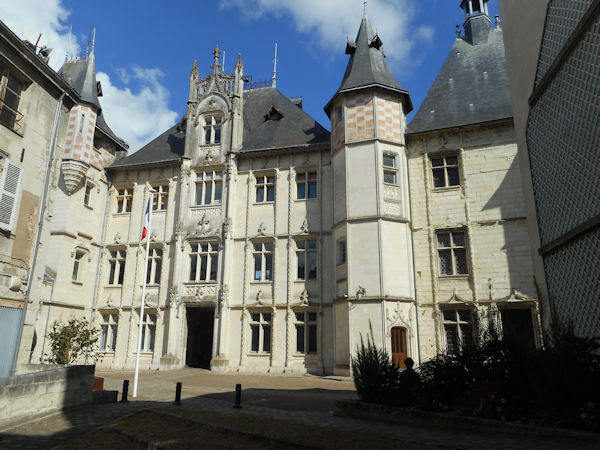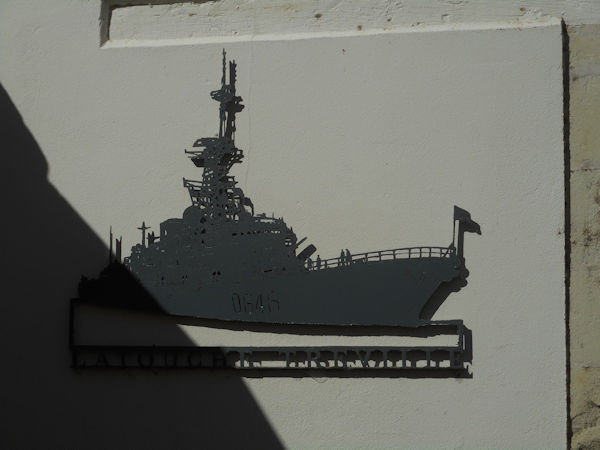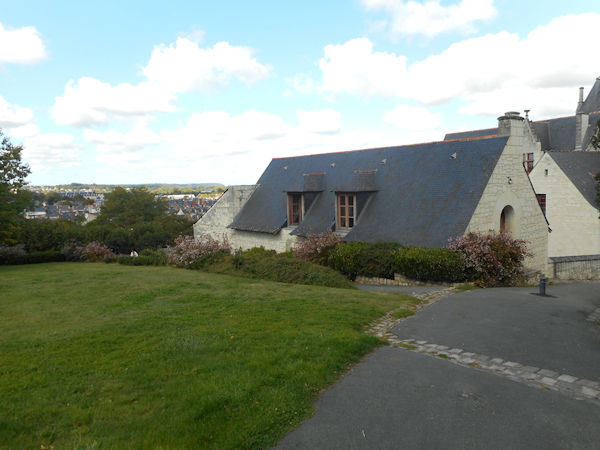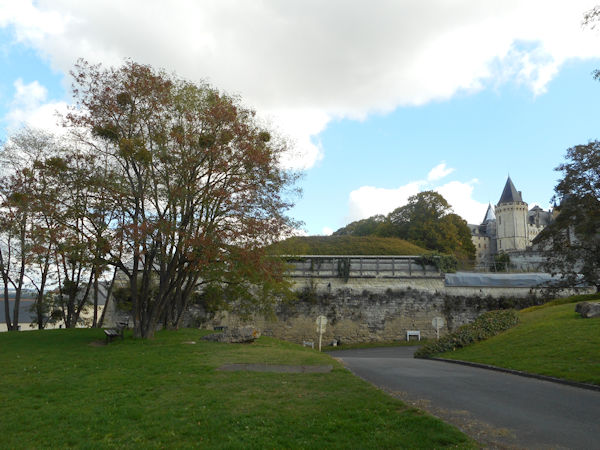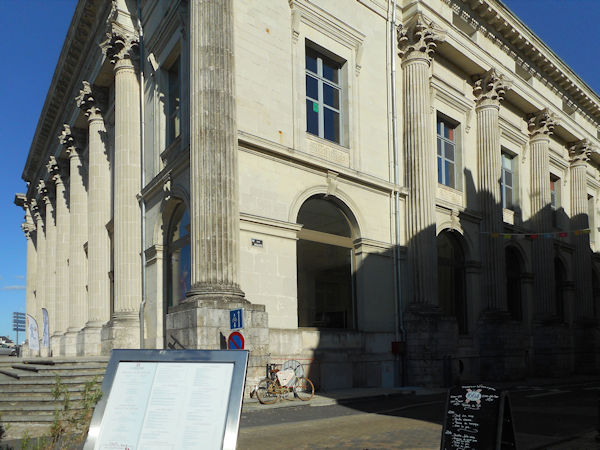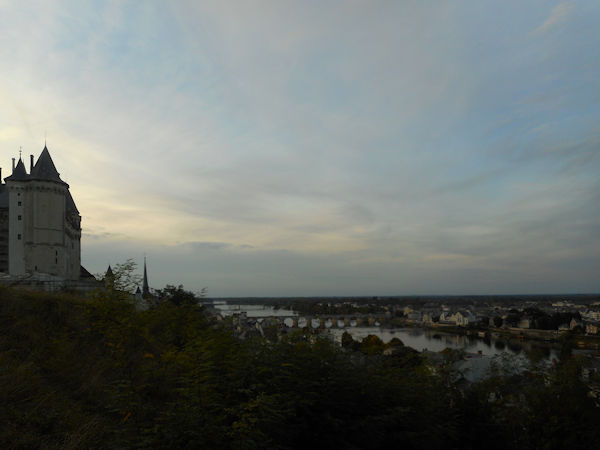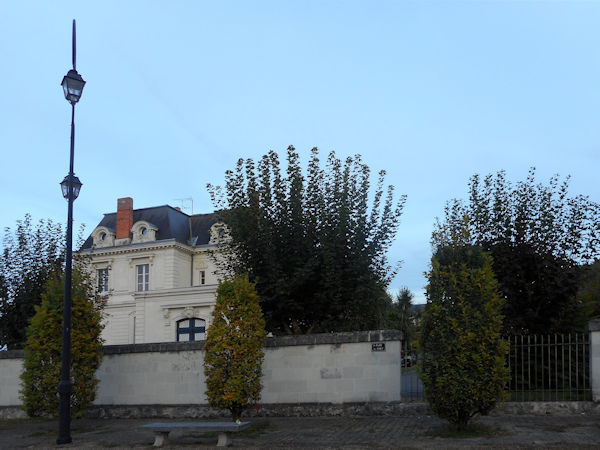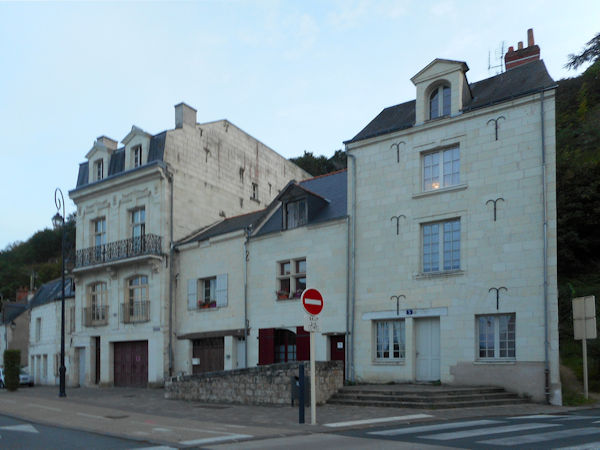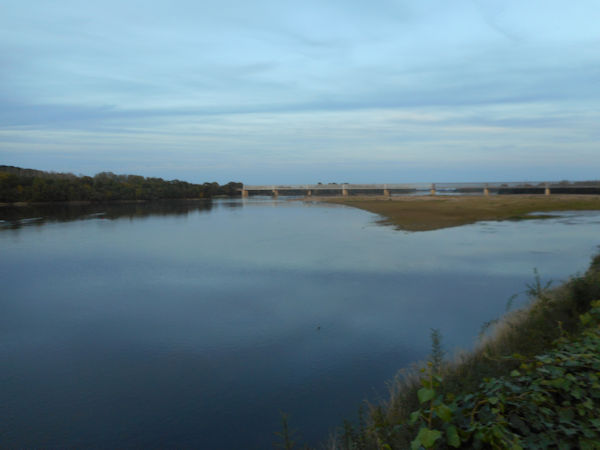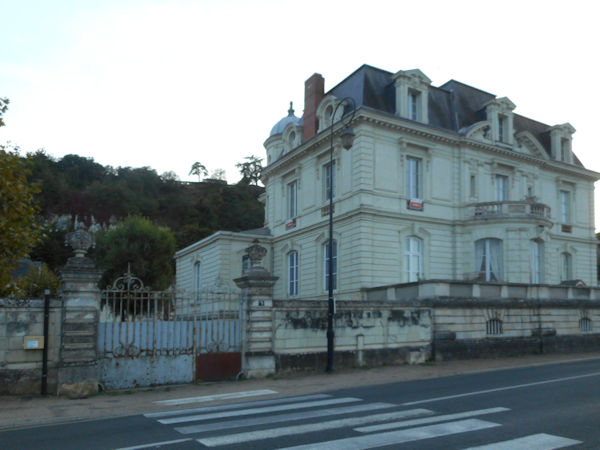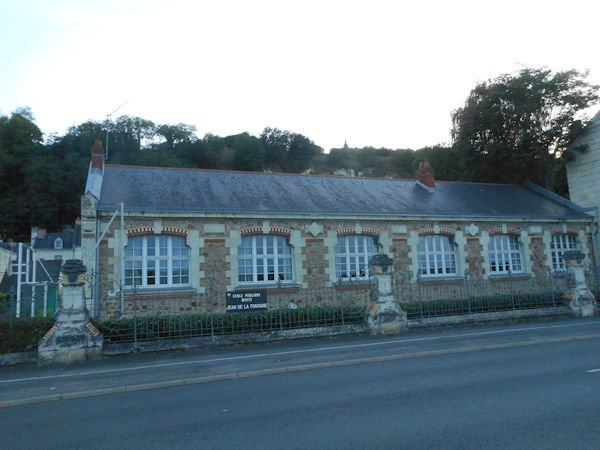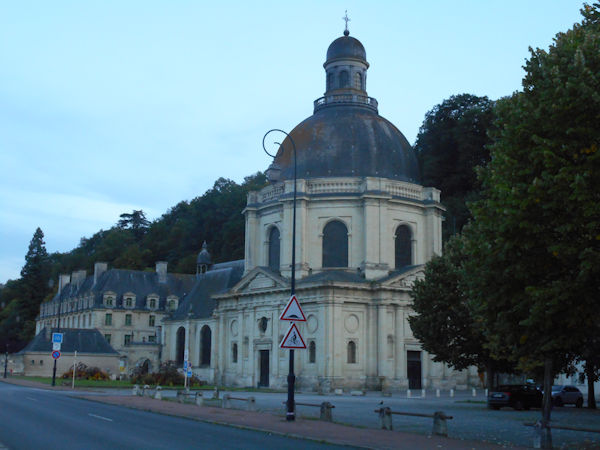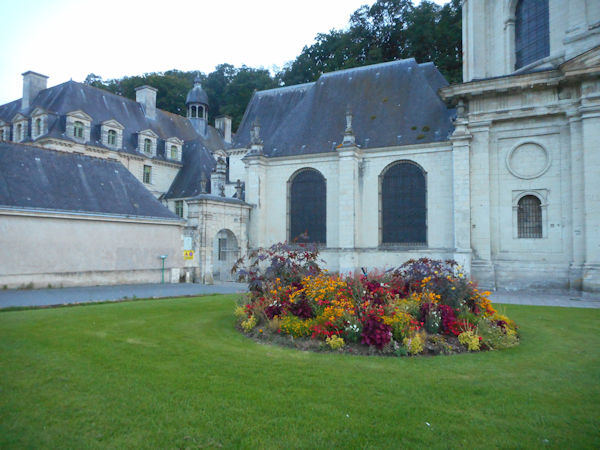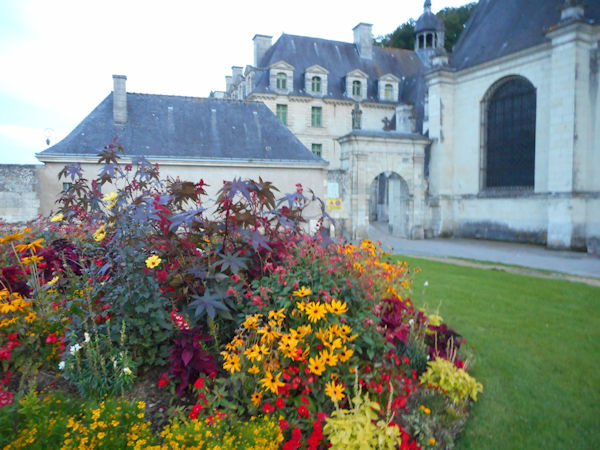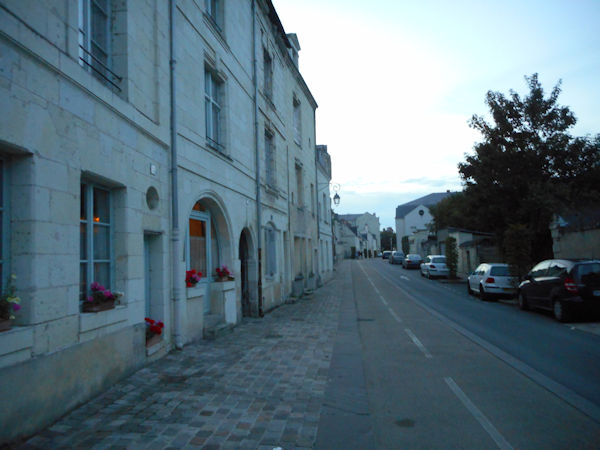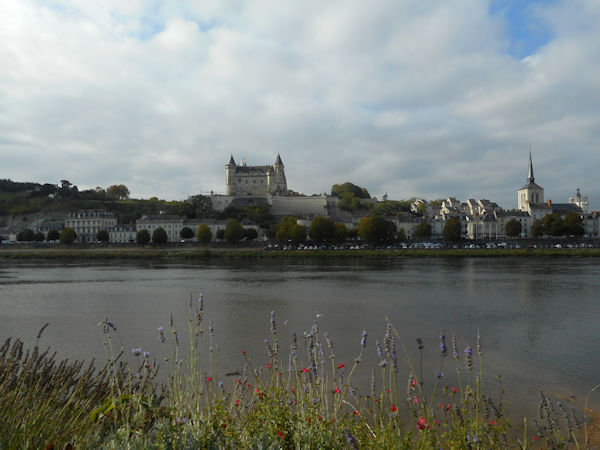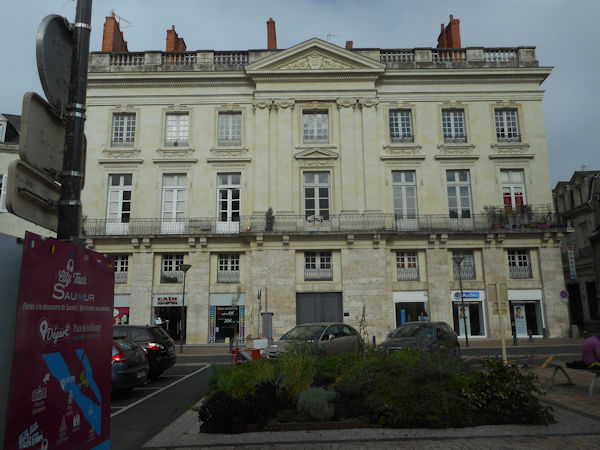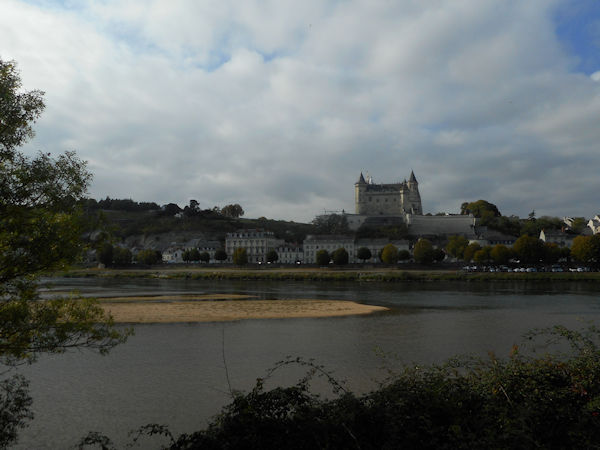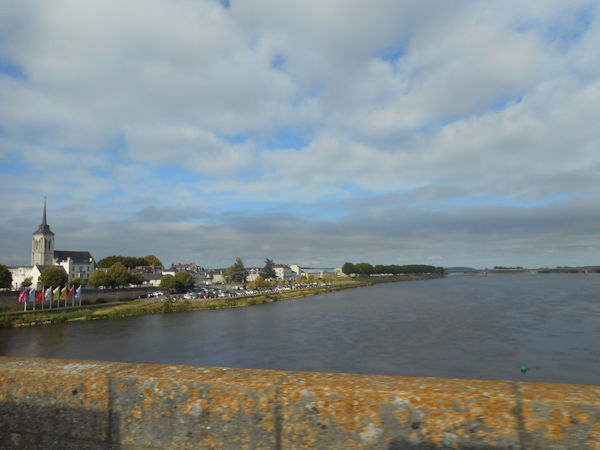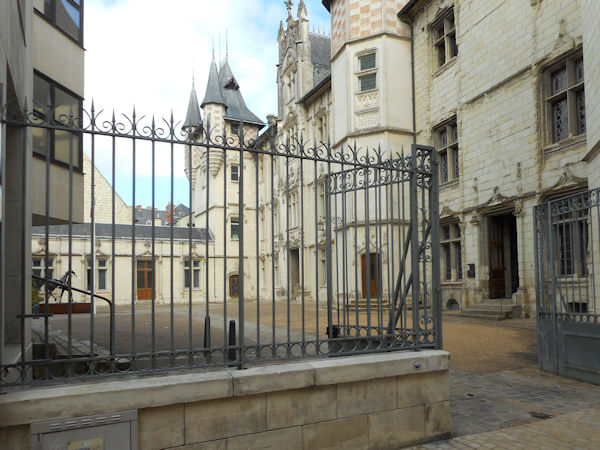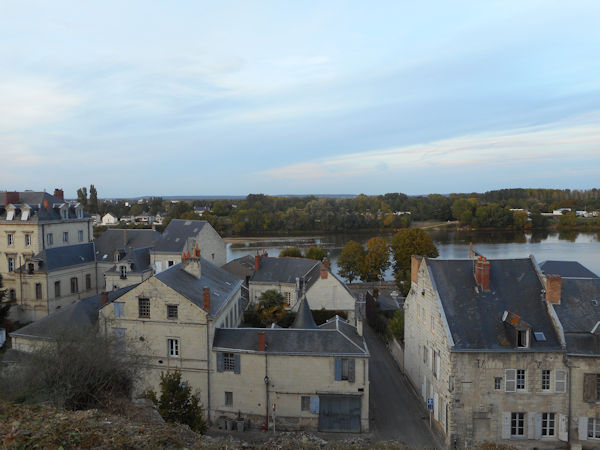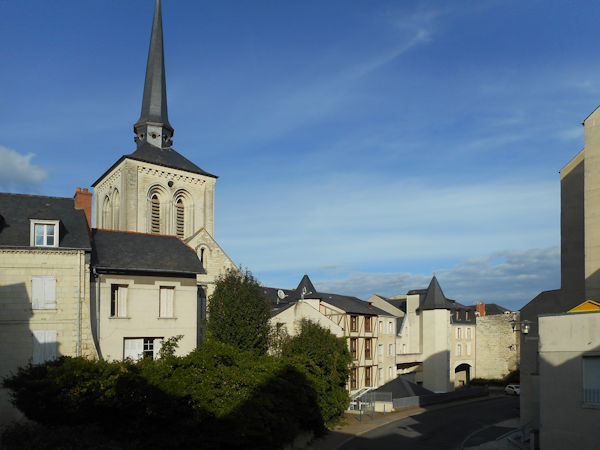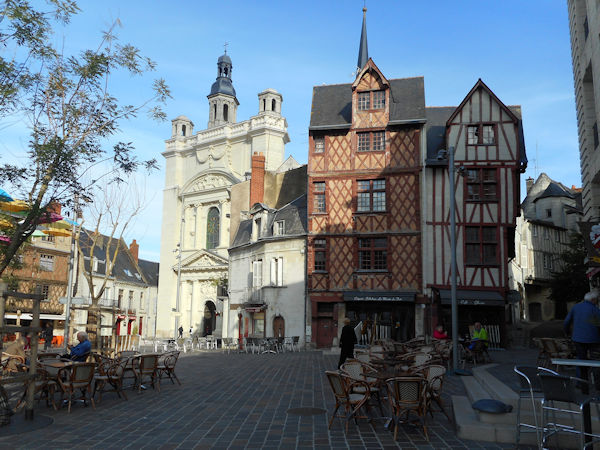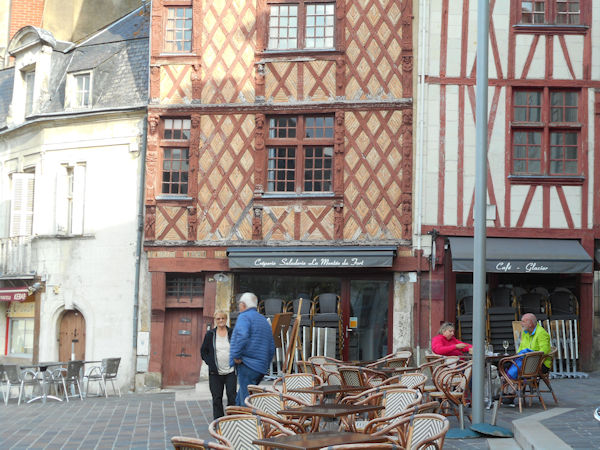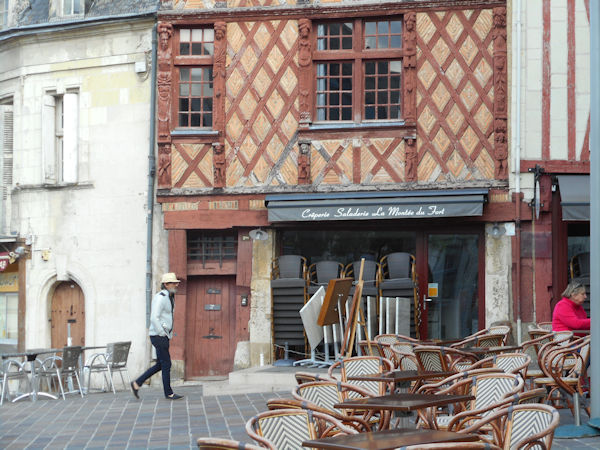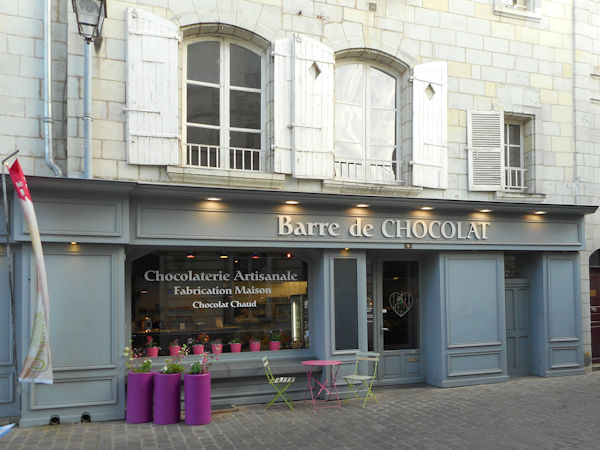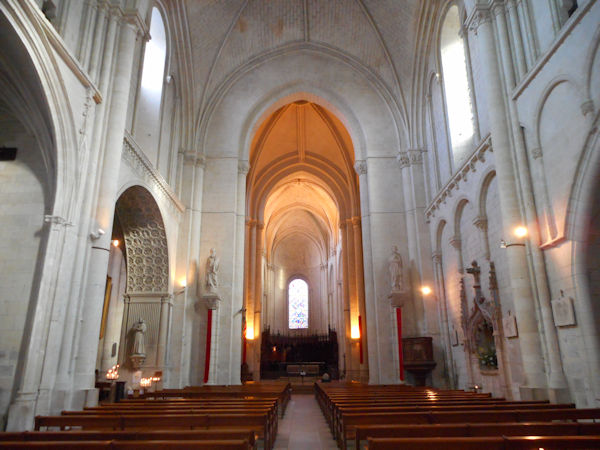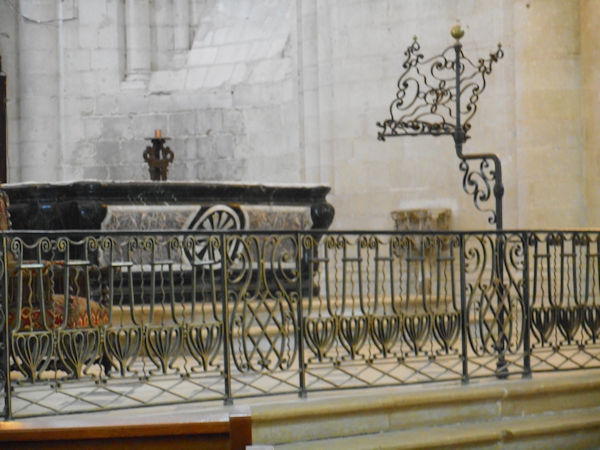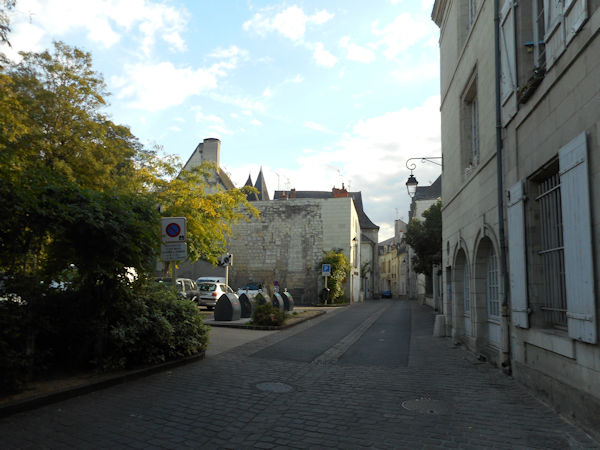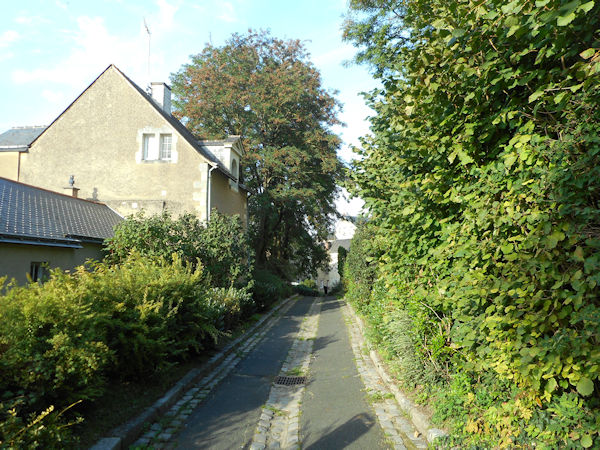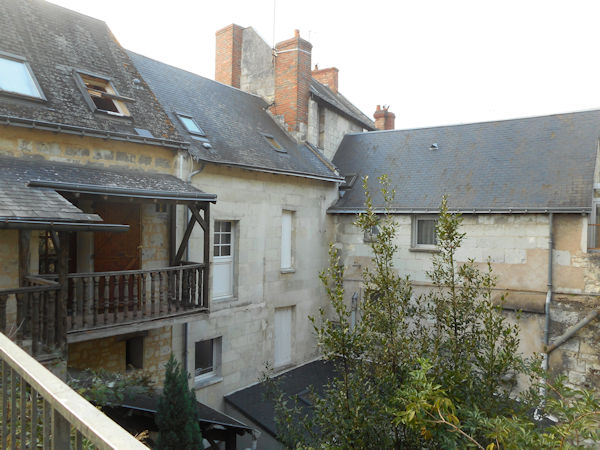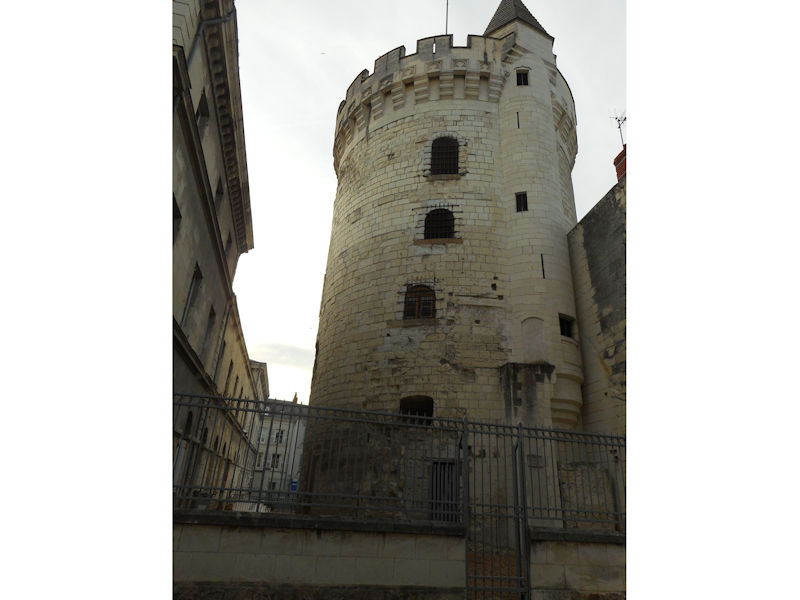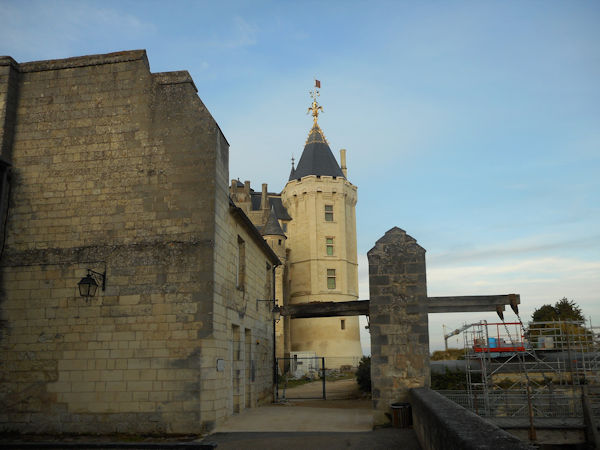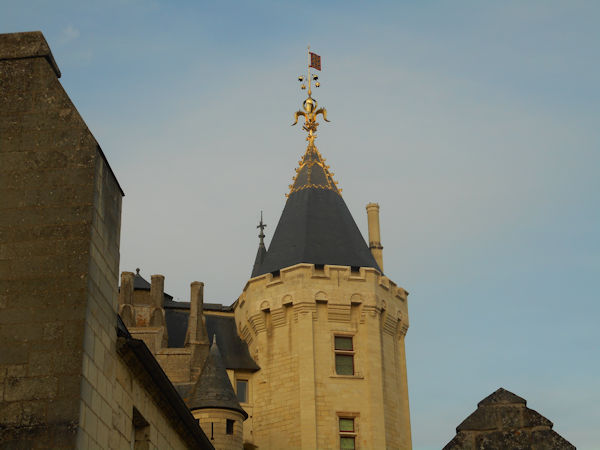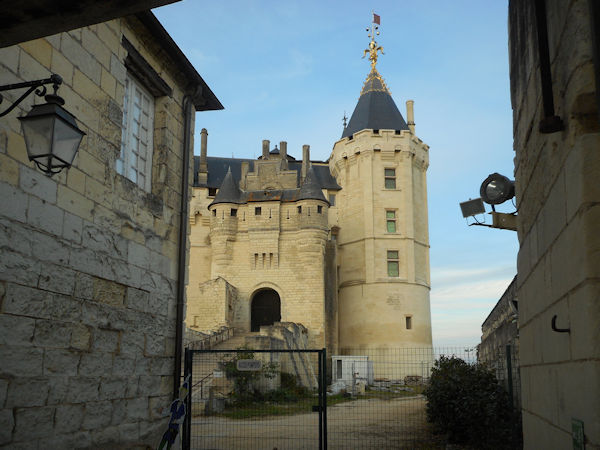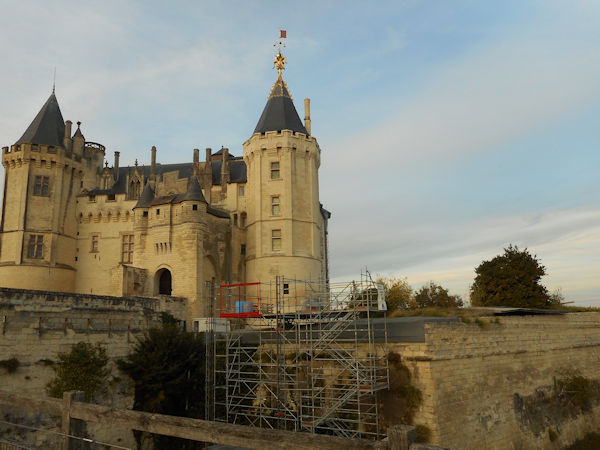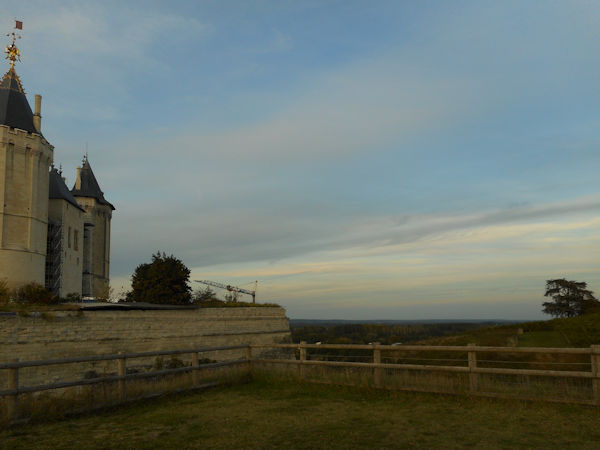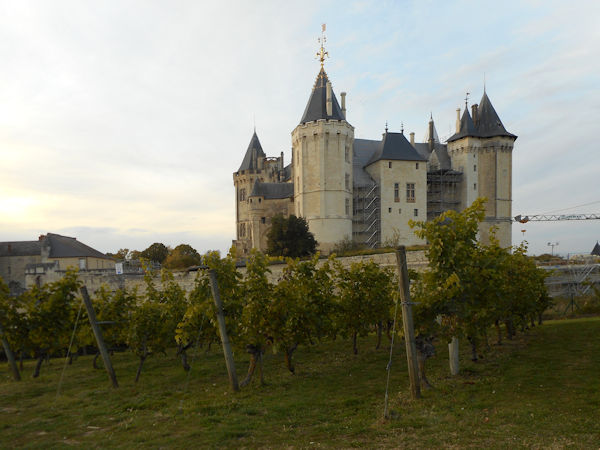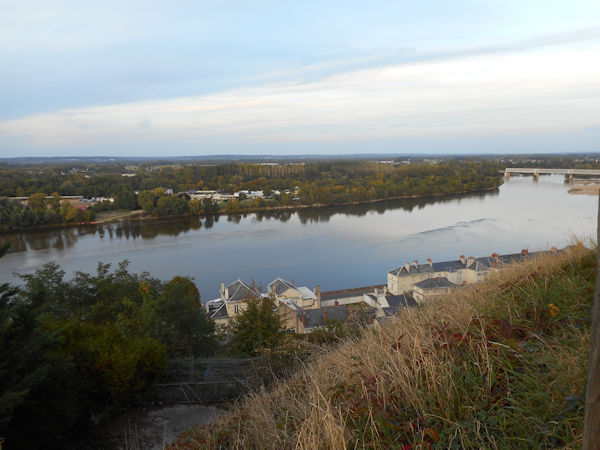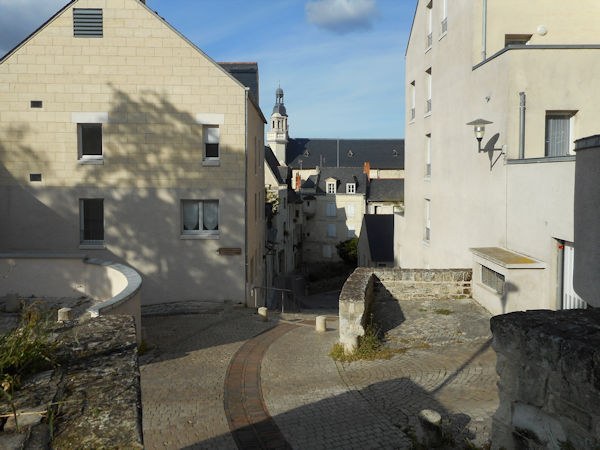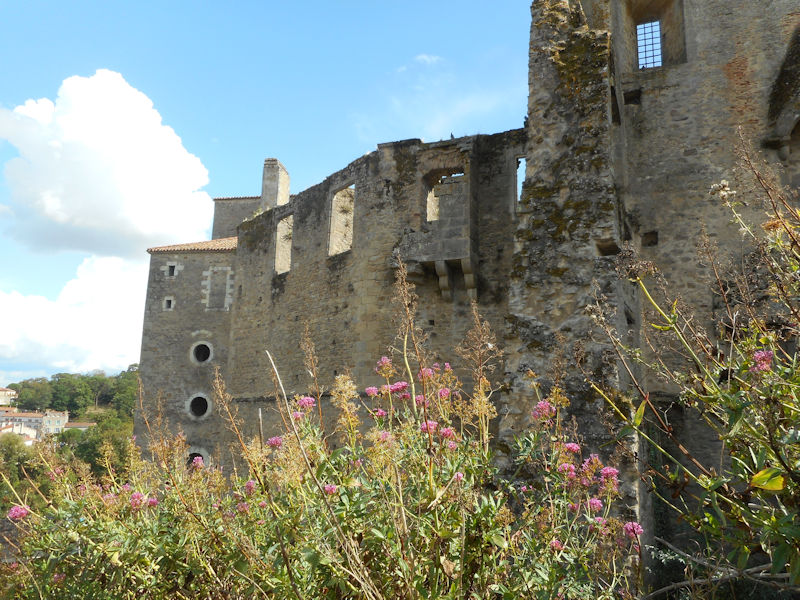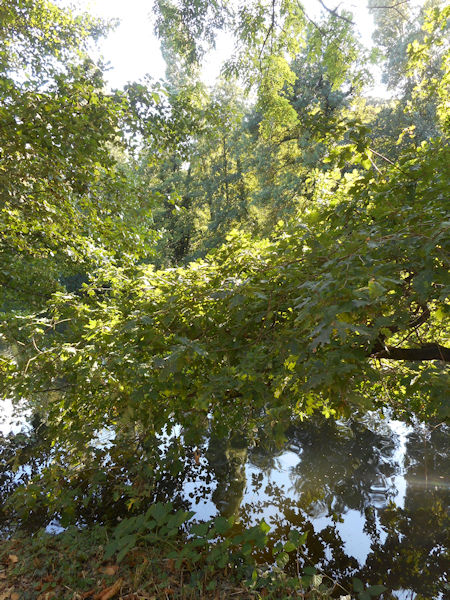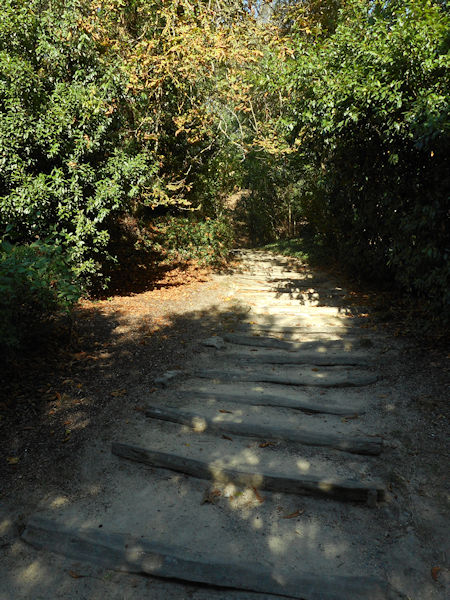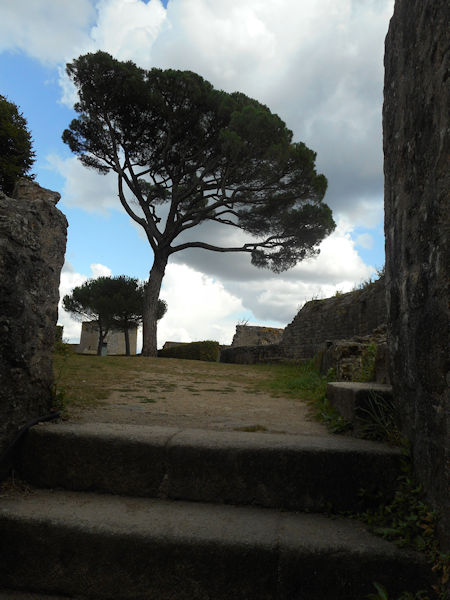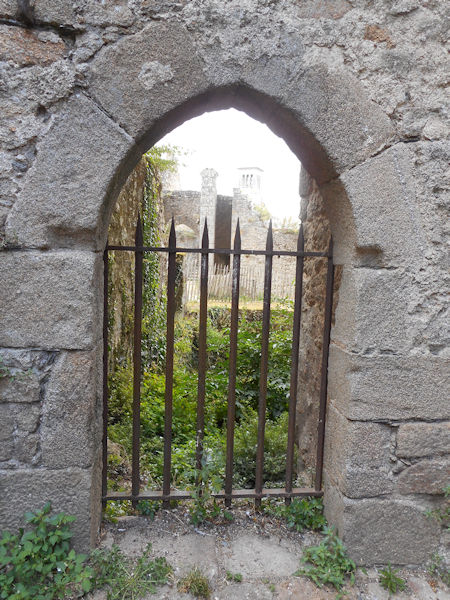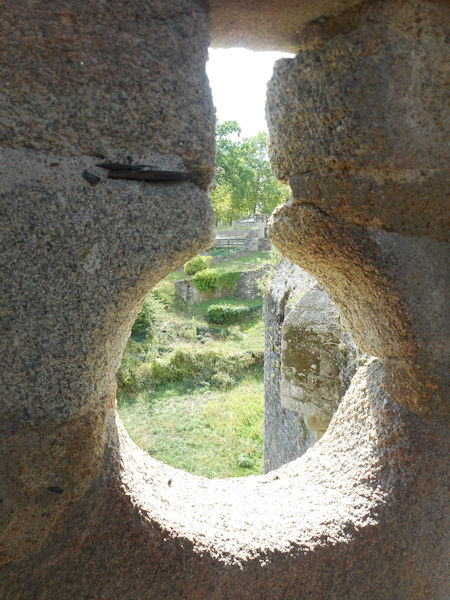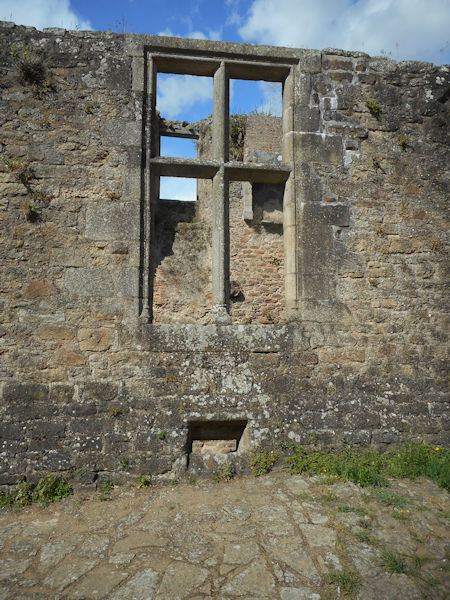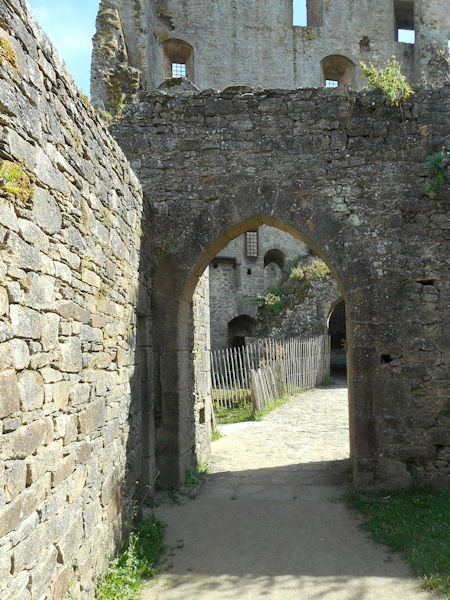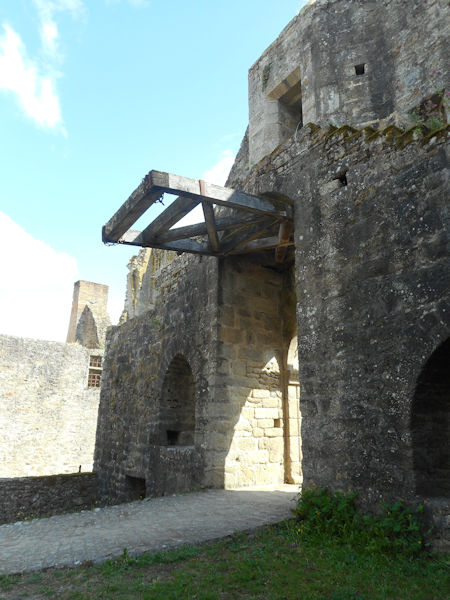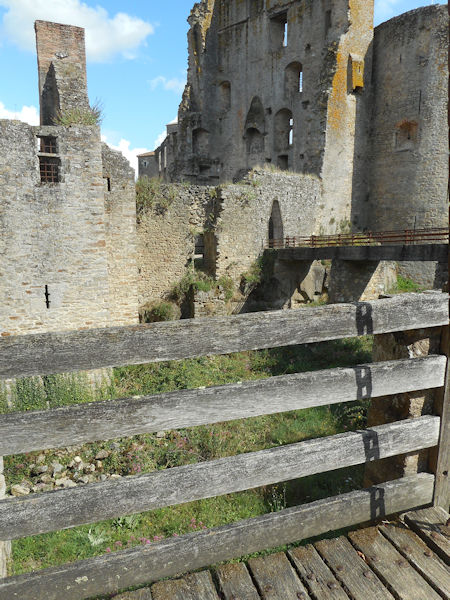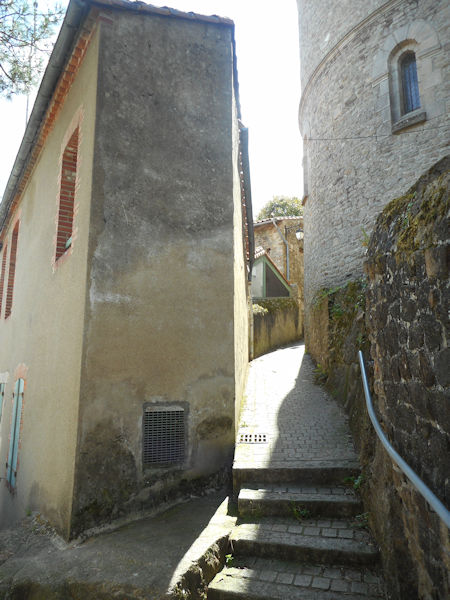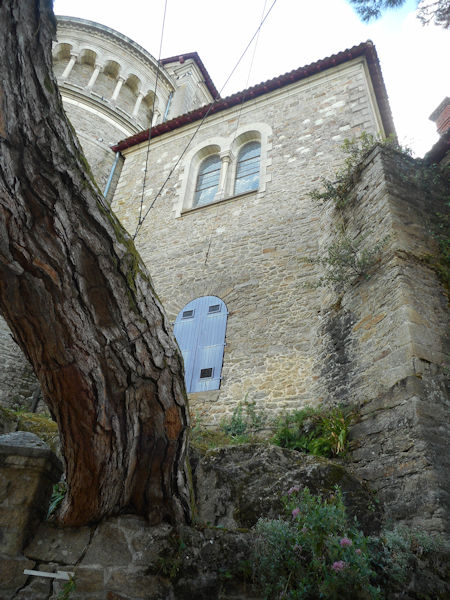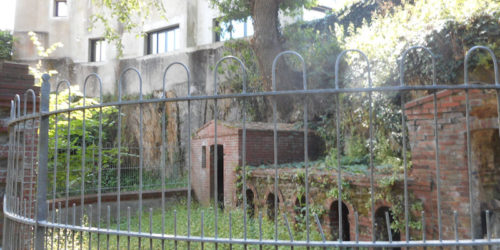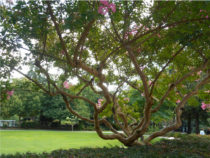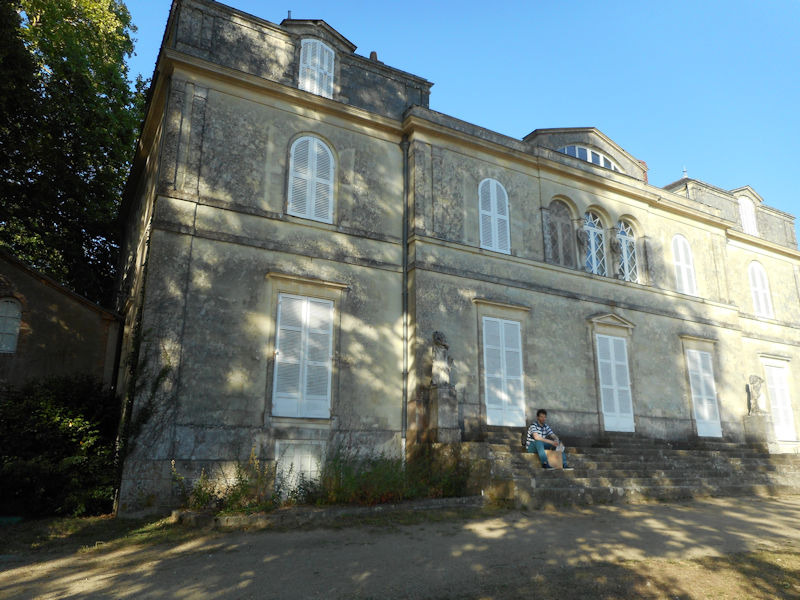Chateau de Saumur – as pictured in Les Très Riches Heures du duc de Berry in 1410.
Saumur is a town in the Maine-et-Loire département, which is within the Pays de la Loire région in North-Western France on the Loire River. It is known for its cavalry school and for its wines. The town, dominated by the château of the dukes of Anjou, is located on rising ground between the Loire River and its tributary the Thouet, 3 km from their confluence.
Early settlement of the region goes back many thousands of years. Located on the south of the town is France’s largest neolithic megalith. The Dolmen de Bagneux is 23 meters long and built from 15 large slabs of the local stone weighs over 500 tons.
Prior to the French Revolution Saumur was the capital of the Sénéchaussée de Saumur, a bailiwick, which existed until 1793. Saumur was then the location of the Battle of Saumur during the Revolt in the Vendée, becoming a state prison under Napoleon Bonaparte. The town was an equestrian centre with both the military cavalry school from 1783 and later the Cadre Noir based there.
Saumur in 1880 Hubert Clerget (1818-1899)
The Château de Saumur was constructed in the 10th century to protect the Loire river crossing from Norman attacks after the settlement of Saumur was sacked in 845. The castle, destroyed in 1067 and inherited by the House of Plantagenet, was rebuilt by Henry II of England in the later 12th century. It changed hands several times between Anjou and France until 1589.
The town’s industries include the processing of the traditional agricultural products of the region (wines, mushrooms, and vegetables), aluminum fabrication, and plastics manufacture. Saumur is also an administrative and service centre. Pop. (1999) 29,857; (2014 est.) 27,301.
CLICK Refresh FOR SLIDES
Château de Saumur exterior
Exposition de Cheval
Porcelain Collection
Google Maps – Saumur
Today Clisson exists as a flavour of Italy within France’s North West and the building styles and materials attest to this. Red terracotta roof tiles mix with slate and the rectangular tower of l’Eglise Notre-Dame de Clisson sits atop the building as it cascades down the slope to the narrow roadways leading to the river. Bright geraniums and pizza restaurants make for great outdoor the market in Summer. The influence of François-Frédéric Lemot is outstanding as he brought his taste for Italian art and architecture to Clisson.
Read more ..
I won’t ever forget the exhilaration during my first Summer in France as I discovered the manor and its Japanese garden reached via a park which shared an overgrown boundary with the rear of our garden. I came to it unexpectedly under the huge Japanese elm at the end of three kilometers of cow paddocks and shady riverbank paths, somewhere between lazy suburbia and heaven. We sat and ate cake from an old painted cake tin and I knew there and then, I was in France. The soft shadows of the glades give way to remnants of an industrial past.
Read the History ..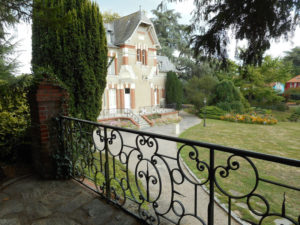
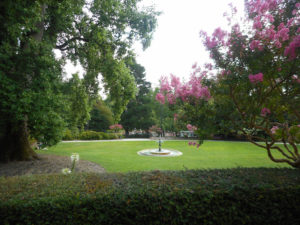
Parc de Procé has been appreciated by many people including Andre Breton, quoted on a plaque outside on the terrace café wall. Like most gardens in France they are entered by tall wrought iron gates and a café is housed in the old manor. Time doesn’t matter as we eat gelato and chat on the terrace looking down on the front park and fountain through the gnarled branches of the very old and well pruned crepe myrtle trees. Pruning is an art form in France where ever it occurs and I imagine taken for granted a little by the French, but to me the shapes are a key to recalling and respecting formalities of times past. A large Dahlia collection is secreted far away in the top corner of the gardens and comes as a surprise like many things. The species are all labelled and can be easily perused from markers along the stone mosaic paths. A traditional rotunda, mint green sits playfully among the flowers.
See more ..
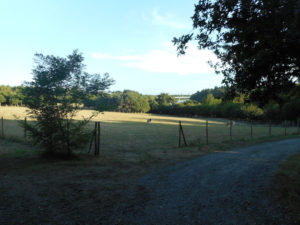
During my first Summer I experienced France at some of the finest moments, the long sweeping shadows of the Chantrerie defining the late afternoon, small sparkling flower heads leaning in as we lunched alone on the rear manor house steps oblivious to any activity the caryatids behind us had witnessed in centuries past. Nantes is visible only as a sole highrise, its only high rise tower, occupying a small spot at the centre of the horizon, the forest in the foreground and the Erdre River in the mid ground.
See more ..
